Key Takeaways
- Underrated fish species often contain high levels of omega-3 fatty acids, vitamin D, and protein
- Many overlooked fish varieties are more sustainable choices than popular commercial species
- These fish offer unique flavors and textures that can enhance your culinary repertoire
- Most underrated fish are budget-friendly alternatives to expensive seafood options
1. Trout: The Underrated Cousin of Salmon
Rainbow trout offers similar nutritional benefits to salmon but has a milder flavor.
From a nutrition standpoint, trout resembles its more popular relative, salmon. It’s rich in omega-3 fatty acids, which help reduce inflammation and promote heart health. A 3-ounce serving provides approximately 20 grams of high-quality protein, essential for metabolism and tissue repair.
What makes trout particularly underrated is its approachability. As a thinner fish, it cooks faster and more evenly than salmon, making it perfect for weeknight meals. Its mild flavor appeals to those who find salmon’s taste too assertive, and it pairs beautifully with simple seasonings like herbs, lemon, and butter.
Trout is also an excellent source of vitamin D—a nutrient many of us don’t get enough of—and selenium, which supports thyroid health. When shopping for trout, look for certifications from organizations like the Aquaculture Stewardship Council (ASC) to ensure you’re supporting sustainable fishing practices.
2. Mackerel: Nutrient Powerhouse of the Sea
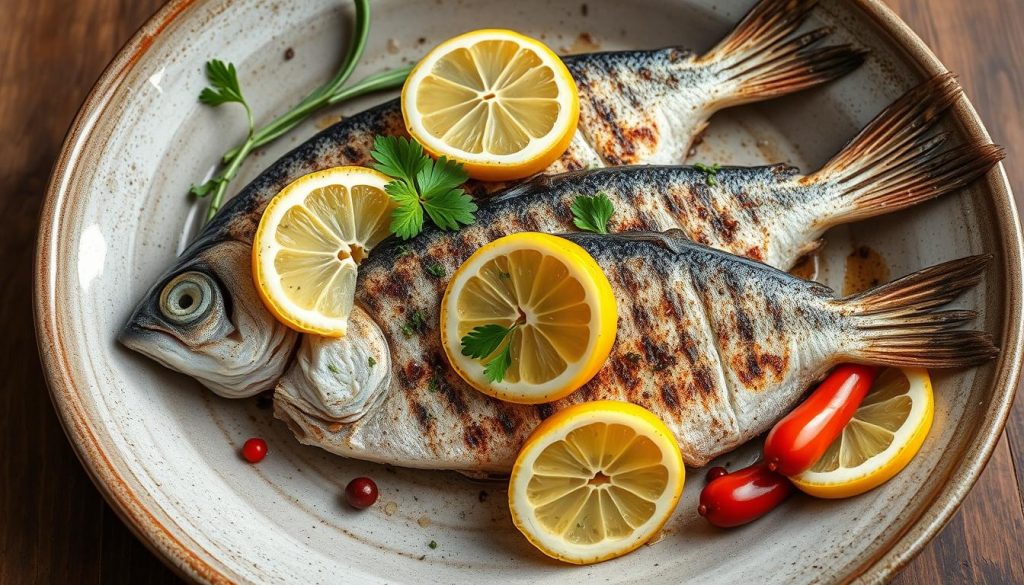
Mackerel might be one of the most nutritionally dense fish you’re not eating. This oily fish contains even higher levels of omega-3 fatty acids than salmon, along with significant amounts of vitamin B12, selenium, and vitamin D. A single 3-ounce serving provides nearly 200% of your daily vitamin B12 needs.
Despite its impressive nutritional profile, mackerel remains underrated due to misconceptions about its intense flavor. While it does have a distinctive taste, fresh mackerel is delicious when prepared properly. Its rich, meaty texture applies to bold seasonings and various cooking methods, from grilling to smoking.
From a sustainability perspective, mackerel species like Atlantic mackerel are often considered good choices by organizations such as the Monterey Bay Aquarium Seafood Watch. They reproduce quickly and are typically caught using methods that cause minimal environmental impact.
3. Sardines: Small Fish, Big Benefits
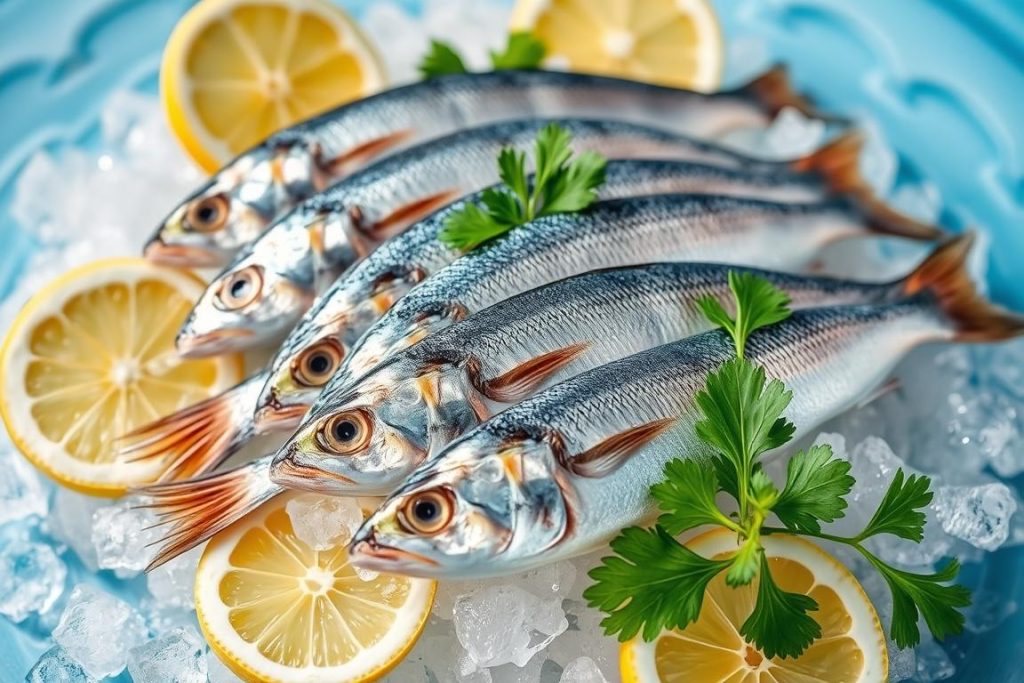
Sardines may be small, but they pack a mighty nutritional punch. These tiny fish are one of the best sources of calcium in the seafood world because they’re typically eaten with their soft, edible bones. They also contain omega-3 fatty acids, vitamin D, B12, and selenium.
What makes sardines particularly underrated is their convenience and affordability. Canned sardines provide a shelf-stable, budget-friendly protein source that requires no cooking. They’re among the most sustainable seafood choices, as sardines reproduce quickly, mature rapidly, and are caught using minimal environmental impact.
Many people avoid sardines due to preconceptions about their flavor, but they’re incredibly versatile. Fresh sardines can be grilled, baked, or fried, while canned varieties work well in salads, pasta dishes, or simply on toast with a squeeze of lemon.
Sardine Benefits
- Extremely high in omega-3 fatty acids
- Excellent source of calcium and vitamin D
- One of the most sustainable seafood choices
- Affordable and widely available
- Long shelf life in canned form
Considerations
- Stronger flavor than some milder fish
- Canned versions may be high in sodium
- Small bones (though edible) may deter some eaters
4. Arctic Char: The Sustainable Alternative
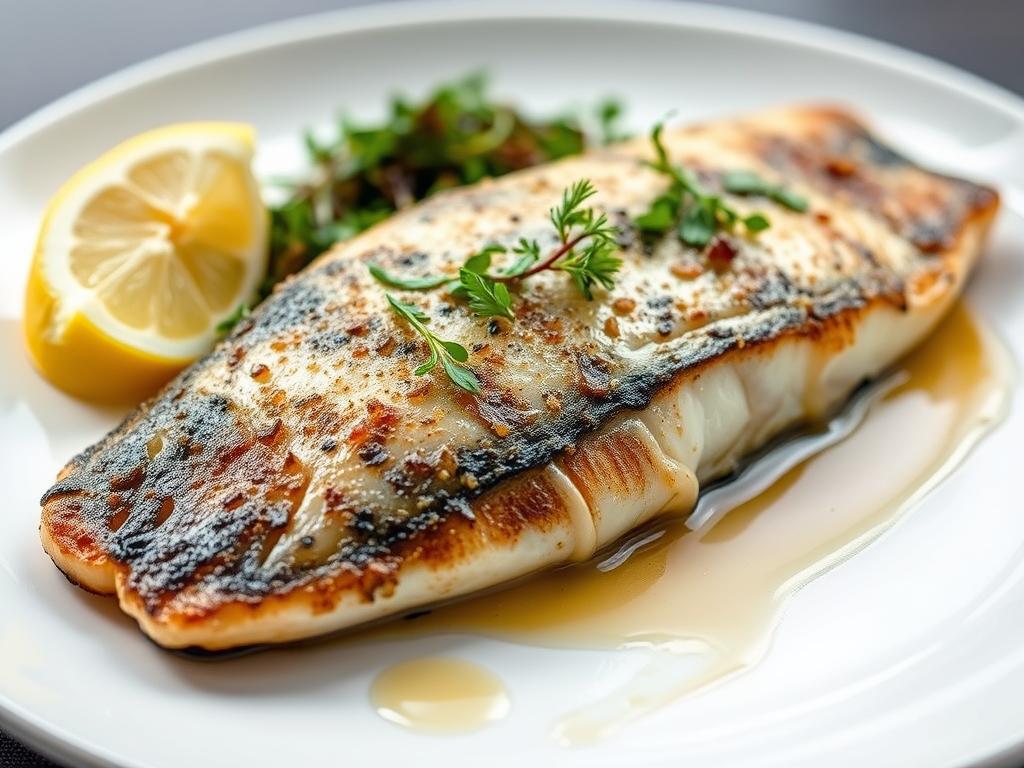
Arctic char is the most underrated salmonid family member, including salmon and trout. With a flavor profile that falls somewhere between the two, arctic char offers the best of both worlds: the rich texture of salmon with the milder taste of trout.
Nutritionally, arctic char provides an excellent source of omega-3 fatty acids, high-quality protein, and vitamins A and D. It’s also lower in environmental contaminants than many other fish species due to the clean, cold waters where it naturally thrives.
What makes arctic char particularly noteworthy is its sustainability credentials. Farm-raised arctic char is one of the most environmentally friendly aquaculture options. These fish are typically raised in closed systems that minimize pollution and disease spread, earning them a “Best Choice” rating from many sustainable seafood guides.
How to Cook Arctic Char
Arctic char’s delicate flavor works well with simple preparations. Try pan-searing fillets skin-side down until crispy, then finishing with a quick flip. The fish pairs beautifully with citrus, herbs, and light sauces. Its cooking time is similar to trout—quick and forgiving for beginners.
5. Barramundi: The Better White Fish
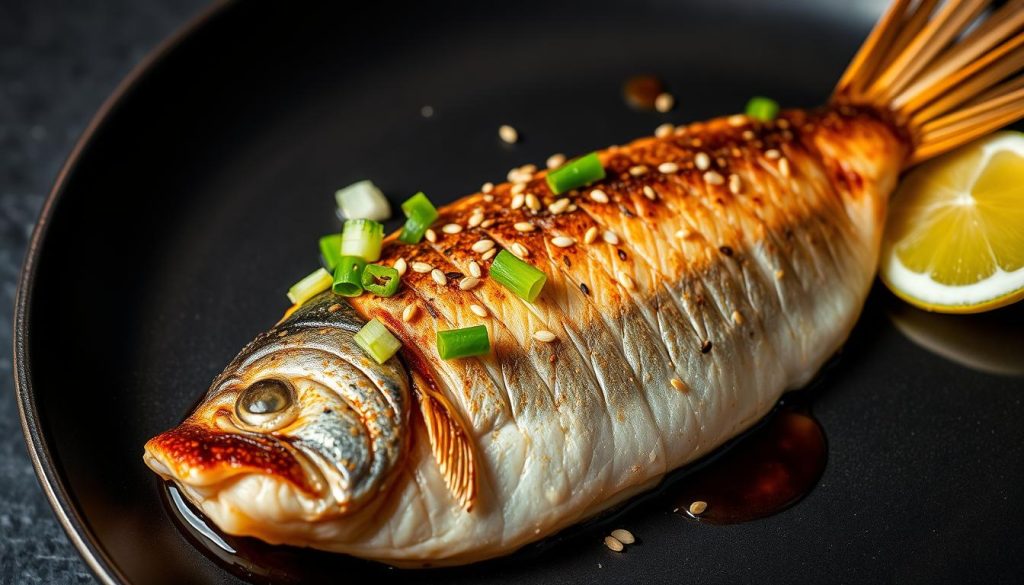
Barramundi has been called the “perfect fish” by sustainability experts, yet it remains surprisingly underrated in many markets. This Australian native offers a buttery, mild flavor that appeals to those who typically enjoy white fish like cod or halibut.
From a nutritional standpoint, barramundi stands out among white fish for its unusually high omega-3 content, comparable to wild coho salmon. It’s also rich in protein and relatively low in calories, making it an excellent choice for health-conscious consumers.
Sustainability is where barramundi truly shines. Farm-raised barramundi (particularly from U.S. or Australian operations) is considered one of the most environmentally friendly seafood options. These fish are efficient feed converters, can be raised in various environments, and farming practices typically have minimal environmental impact.
6. Sablefish: The Buttery Delight of the Deep
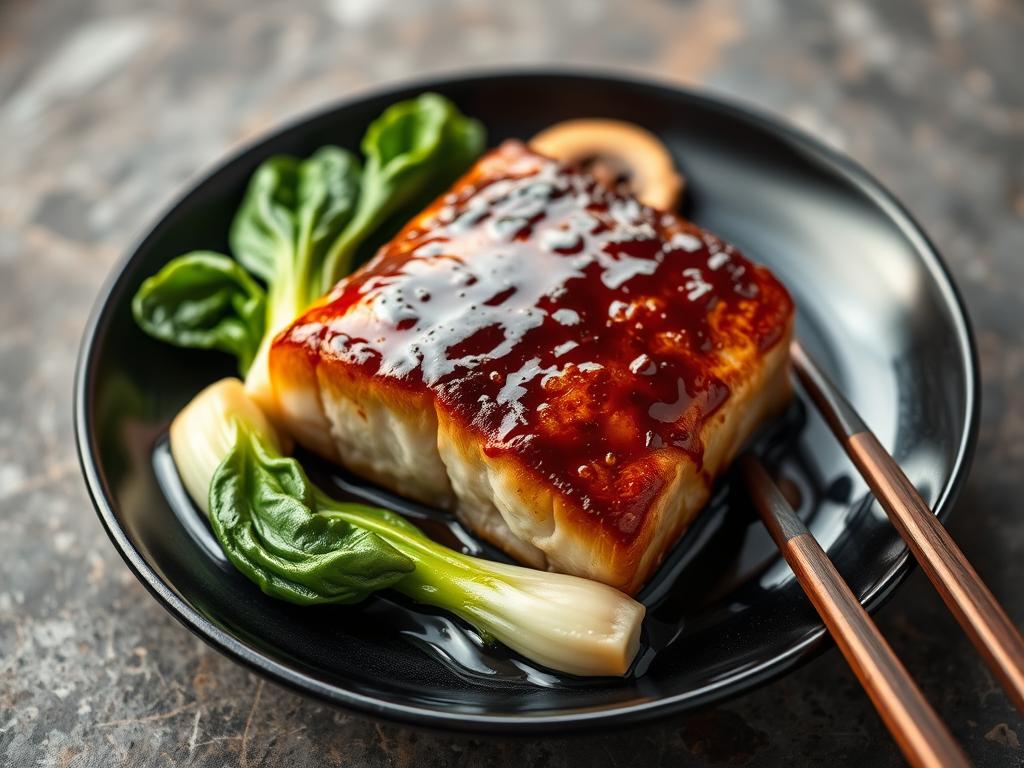
Also known as black cod (though not a cod), sablefish is one of the ocean’s best-kept secrets. This deep-water fish boasts a vibrant, buttery texture that has earned it the nickname “butterfish” among chefs. Its high fat content makes it nearly impossible to overcook, making it perfect for kitchen novices.
Nutritionally, sablefish is exceptional. It contains even more omega-3 fatty acids than salmon and high levels of vitamin B12, selenium, and vitamin D. Its fat is primarily heart-healthy monounsaturated fat, similar to what you’d find in olive oil.
From a sustainability perspective, wild-caught sablefish from Alaska and British Columbia is typically well-managed and considered a good choice by environmental organizations. The fish grow slowly and live long lives, but careful fishery management has maintained healthy populations in many regions.
Perfect Pairings
Sablefish’s rich flavor pairs beautifully with Asian-inspired marinades and glazes. A classic preparation is miso-glazed sablefish, where the sweet-savory glaze complements the fish’s natural buttery taste. It also works well with simple preparations that let its natural flavor shine.
7. Mullet: The Versatile Coastal Favorite

Mullet has long been appreciated in coastal communities worldwide, from the Mediterranean to the Gulf Coast, yet it remains underrated in mainstream markets. This versatile fish offers firm, flavorful meat with a moderate fat content that suits it for various cooking methods.
Nutritionally, mullet provides an excellent source of protein, B vitamins, and minerals like selenium and phosphorus. It also contains many omega-3 fatty acids, though not as much as fatty fish like salmon or mackerel.
What makes mullet particularly special is its sustainability profile. These fish feed low on the food chain, primarily consuming algae and other plant matter, making them efficient energy converters and typically less contaminated with environmental pollutants than predatory fish.
“Mullet is the unsung hero of sustainable seafood. It grows quickly, reproduces abundantly, and feeds low on the food chain—all qualities that make it an environmentally friendly choice.” — Sustainable Seafood Expert
8. Carp: The Misunderstood Freshwater Giant
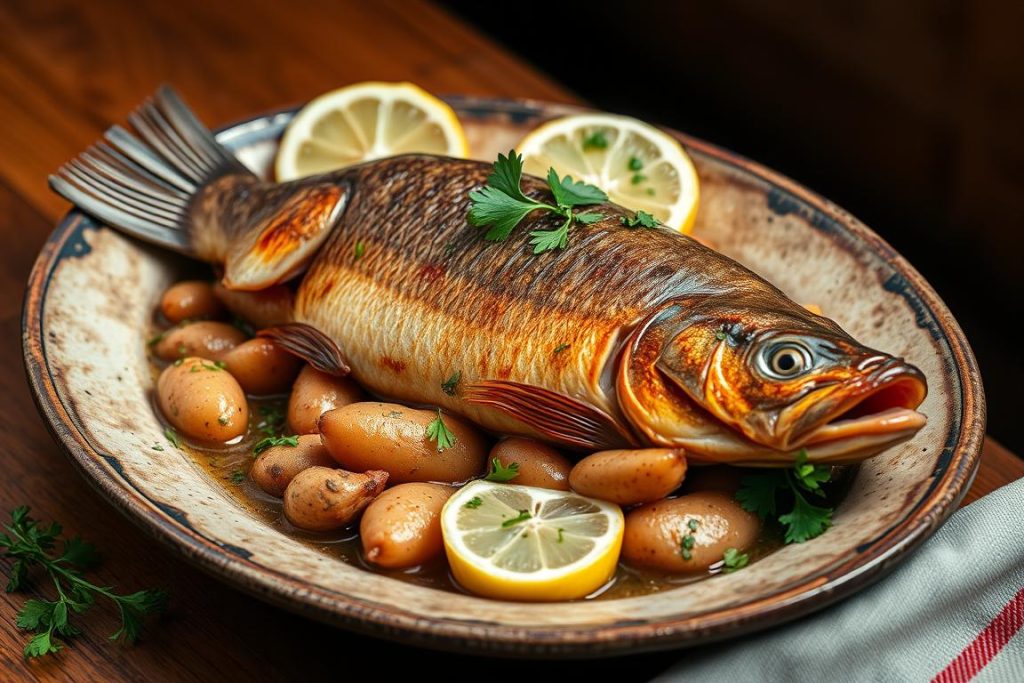
Carp suffers from perhaps the worst reputation among underrated fish, particularly in North America. Often dismissed as a “trash fish,” carp is a delicacy in many European and Asian cultures, prized for its versatility and flavor.
From a nutritional perspective, carp offers lean protein, omega-3 fatty acids (though less than oily ocean fish), and a good array of vitamins and minerals. It’s particularly rich in vitamin B12 and phosphorus.
The sustainability case for carp is compelling. Certain carp species are invasive and abundant in many waterways, particularly in the United States. Harvesting these fish for food can benefit native ecosystems while providing an affordable protein source. Farmed carp is one of the most environmentally efficient forms of animal protein production, requiring minimal resources compared to other farmed animals.
Preparation Tips
The key to enjoying carp is proper preparation. In Eastern European traditions, carp is often soaked in milk or vinegar water before cooking to improve its flavor. It works well in hearty stews, smoked preparations, or fried as “fish chips.” The meat can be bony in some parts, so fillets from larger specimens are often preferred.
9. Herring: The Nutritional Powerhouse of Northern Seas
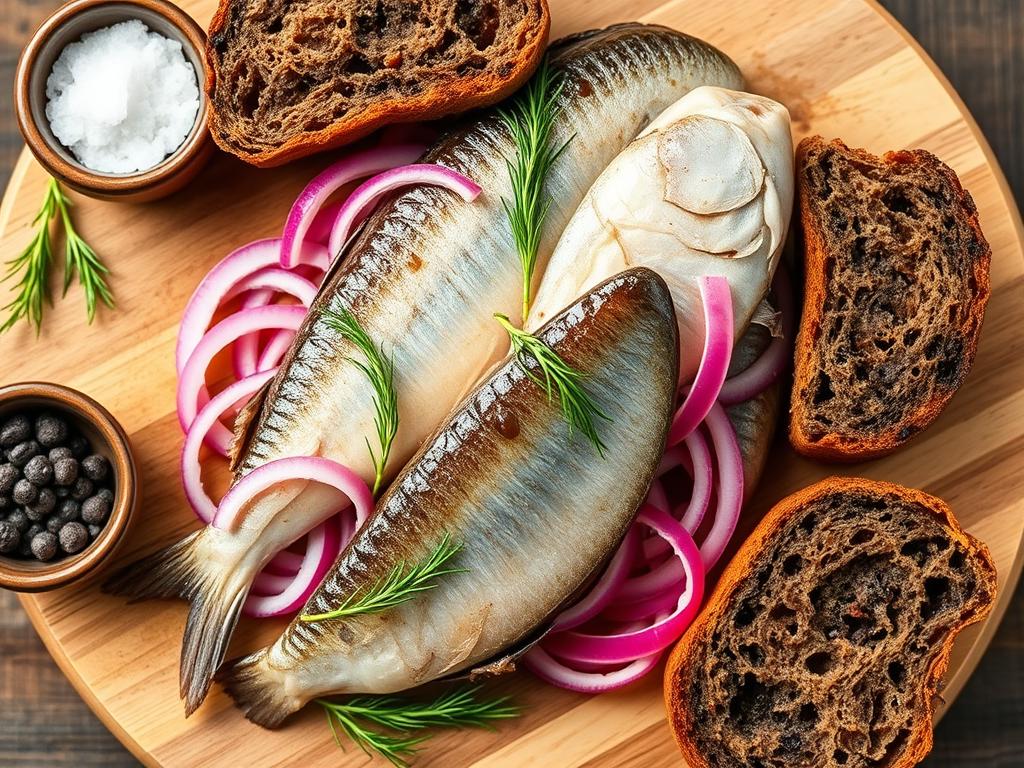
Herring has been a staple in Northern European cuisines for centuries, yet it remains underappreciated in many other parts of the world. This small, oily fish offers one of the highest amounts of omega-3 fatty acids of any seafood and impressive amounts of vitamin D, B12, and selenium.
What makes herring particularly special is its versatility. It can be enjoyed fresh, pickled, smoked, or canned, each preparation offering a different flavor profile and culinary experience. Pickled herring is a traditional favorite in Scandinavian countries, while kippers (smoked herring) are beloved in British cuisine.
From a sustainability standpoint, herring is typically an excellent choice. These fish reproduce quickly, mature rapidly, and feed low on the marine food chain. Many herring fisheries, particularly in the Atlantic, are well-managed and certified sustainable by organizations like the Marine Stewardship Council.
10. Bluefish: The Bold Atlantic Fighter
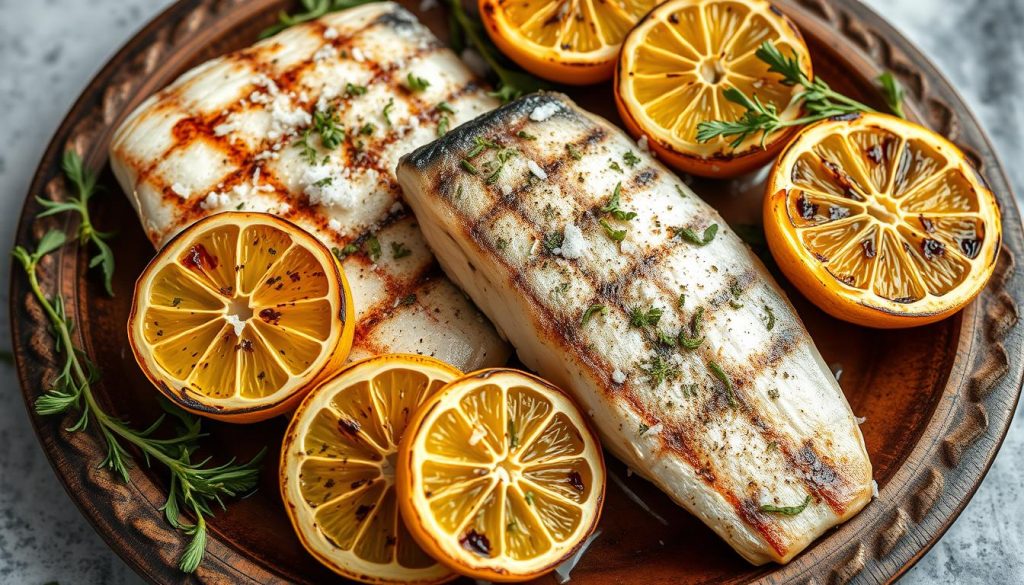
Bluefish is a favorite among East Coast anglers for its fighting spirit, yet it remains underrated in the seafood market. This predatory fish offers rich, full-flavored meat with more oil than many other popular fish species.
Nutritionally, bluefish provides excellent omega-3 fatty acids, high-quality protein, and vitamins B6 and B12. Its higher fat content makes it particularly satisfying and flavorful when cooked properly.
Bluefish’s bold flavor profile makes it unique, which stands up well to strong seasonings and marinades. While some may find its assertive taste challenging, those who appreciate it consider it one of the ocean’s most flavorful offerings. Freshness is the key to enjoying bluefish—it should be consumed as soon as possible after catching it.
Cooking Recommendations
Bluefish responds well to grilling, smoking, or baking with acidic ingredients like lemon or tomato that balance its rich flavor. A popular preparation involves marinating fillets in lemon juice, olive oil, and herbs before grilling. The fish also works well in robust stews and curries where its flavor can shine.
The Sustainability Advantage of Underrated Fish
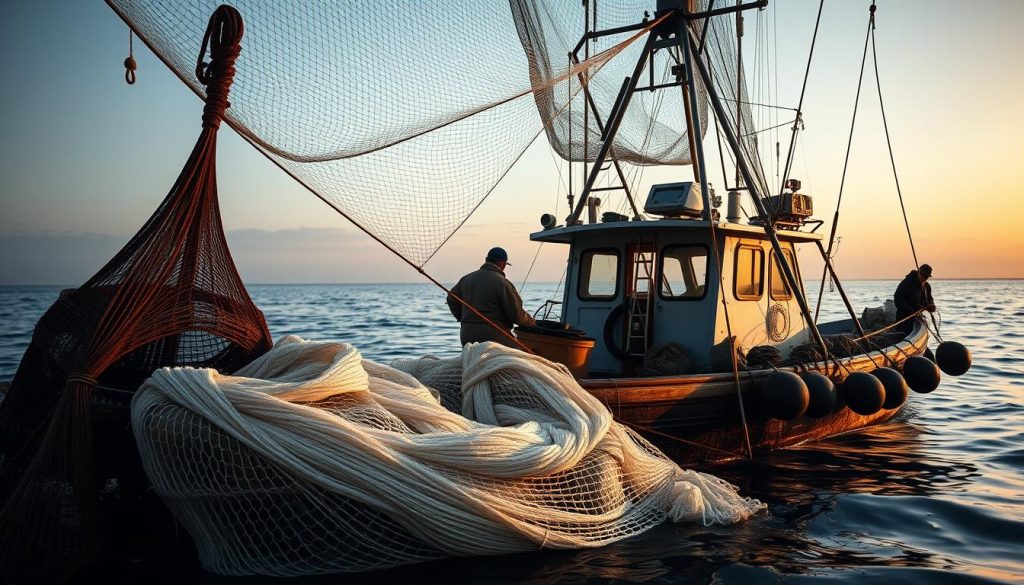
One of the most compelling reasons to explore underrated fish species is their sustainability advantage. By diversifying our seafood choices beyond popular species like tuna, salmon, and cod, we help reduce pressure on overfished populations and support more balanced marine ecosystems.
Many underrated fish feed lower on the food chain, requiring less energy and resources to produce protein. Species like sardines, herring, and mullet convert plant matter or tiny organisms into nutritious protein much more efficiently than predatory fish higher up the food chain.
Also, choosing locally abundant species can reduce the carbon footprint of seafood transportation. In many regions, underrated native species offer fresh, sustainable options that support local fishing communities while providing excellent nutrition.
Sustainable Seafood Resources:
- Monterey Bay Aquarium Seafood Watch – Comprehensive guides and app for sustainable seafood choices
- Marine Stewardship Council – Look for their blue label on certified sustainable seafood
- NOAA FishWatch – Science-based information on U.S. seafood
General Cooking Tips for Underrated Fish

If you’re new to cooking with underrated fish species, these general tips can help ensure success:
For Mild White Fish (Barramundi, Arctic Char)
- Keep seasonings simple to let the delicate flavor shine
- Try quick cooking methods like pan-searing or gentle baking
- Pair with light sauces like lemon butter or herb oil
- Cook just until the flesh turns opaque and flakes easily
For Oily Fish (Mackerel, Herring, Bluefish)
- Balance the rich flavor with acidic ingredients like lemon or vinegar
- Try grilling or smoking to complement the natural oils
- Don’t be afraid of bold seasonings and marinades
- Fresh herbs like dill, parsley, and thyme pair well with oily fish
Remember that most fish cooks quickly—typically 8-10 minutes per inch of thickness. Overcooking is the most common mistake when preparing seafood, so keep a close eye on your fish as it cooks. The flesh should be opaque and flake easily with a fork when done.
Conclusion: Dive Into Delicious Diversity
Expanding your seafood horizons to include these underrated fish species offers multiple benefits: enjoying new flavors and culinary experiences, boosting your nutrition with excellent omega-3s and other essential nutrients, and supporting more sustainable fishing practices.
Whether you start with the mild, approachable taste of trout or arctic char, or venture into the more decadent flavors of mackerel or bluefish, each of these underrated fish brings something special to your table. By making even small changes to your seafood choices, you can positively impact your health and the environment.
Which of these underrated fish will you try first? Share in the comments!
